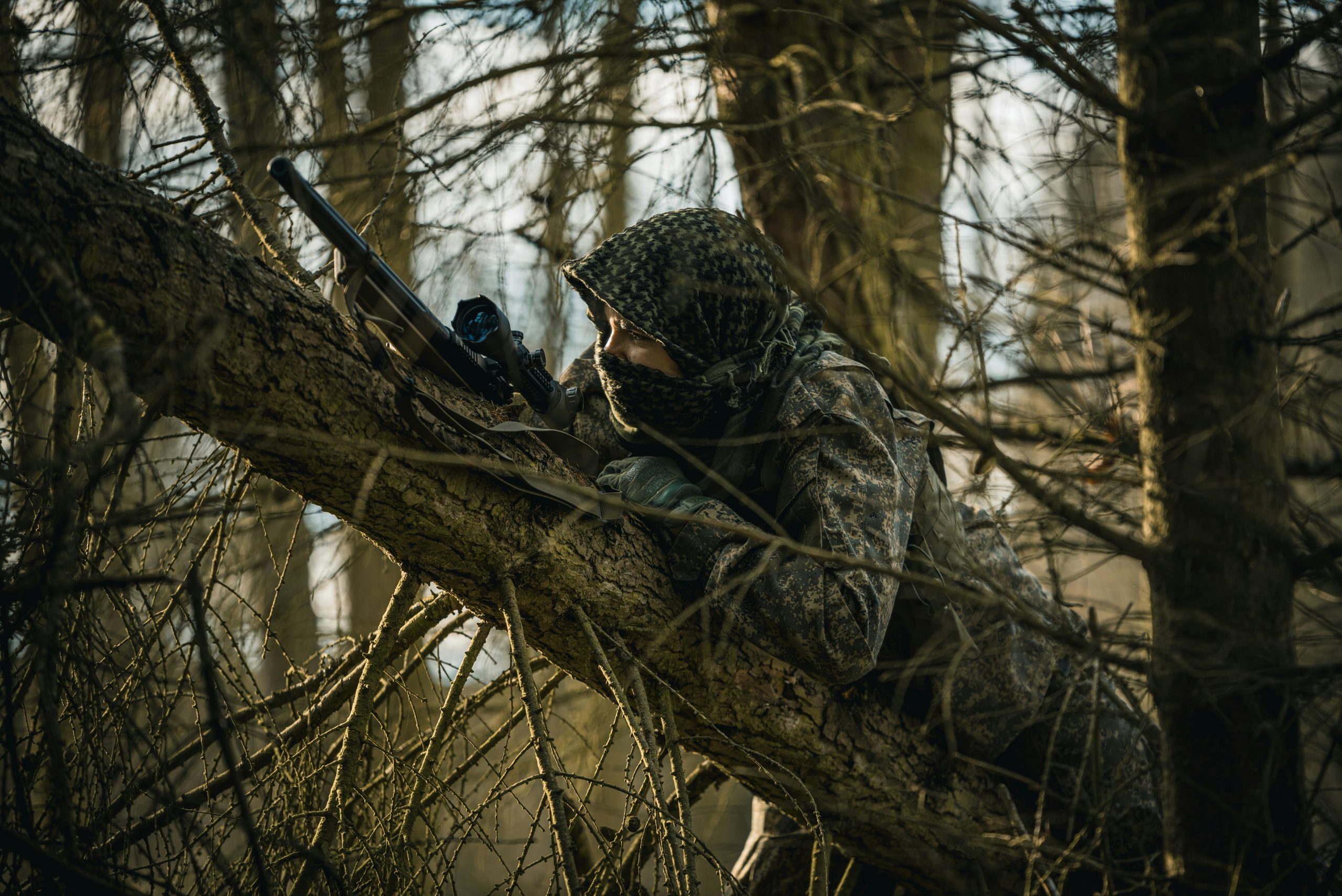
Sabina Grigore
Just Access Representative to the UN Office on Drugs and Crime
Is gender the key to understanding wildlife crime?
Wildlife crime not only threatens biodiversity, ecosystems, and communities worldwide but also intersects with complex gender dynamics, which are often overlooked in mainstream discourse. A recent panel discussion organised by the United Nations Entity for Gender Equality and the Empowerment of Women together with the United Nations Office on Drugs and Crime shed light on the multifaceted nature of this problem.
The panel discussion described how men and women experience wildlife crime differently. While men are often overrepresented in both the perpetration of wildlife crimes and participation in conservation efforts, womenŌĆÖs roles are frequently marginalised or relegated to victimhood narratives.
Nevertheless, women are not exempt from engaging in wildlife crime. They often play highly dynamic roles in illegal activities, ranging from the trade of illegal gear for hunting or fishing, to administrating and selling the products that result from illegal activities. While gender-disaggregated data is scarce, studies suggest that the motivations behind this involvement are strikingly different. For women, these activities are often driven by economic necessity, and they are conducted particularly by widowed or unmarried women struggling to survive within patriarchal systems. Conversely, traditional notions of masculinity drive menŌĆÖs involvement, with activities like hunting and trophy collection seen as emblematic of strength and status.
To address these issues, gender-sensitive policies are crucial, and a holistic approach is needed. First, this requires a better understanding of the motivations behind engagement in wildlife crimes. Once the reasons are understood, strategies need to be developed and implemented to provide alternative livelihoods for those involved in wildlife crime, in parallel to stricter penalties for perpetrators.
While men are often overrepresented in both the perpetration of wildlife crimes and participation in conservation efforts, womenŌĆÖs roles are frequently marginalized or limited to victimhood narratives.
Concomitantly, there is a need to create structures that empower women through access to education, economic resources, and decision-making processes. This is not an easy task, particularly as the global erosion of the rule of law and the militarisation of the organisations involved in wildlife crime is increasingly endangering NGOs and human rights defenders, as well as whistleblowers and their families. Only through collaboration between governments, NGOs, local communities, and international organisations can this issue be effectively tackled. This collaborative effort requires not only addressing the root causes of the crime but also safeguarding those who courageously fight against it.
Gender-sensitive solutions to address wildlife crime and to implement conservation efforts extend beyond structural changes, often encompassing a community-driven approach. However, traditional conservation models often sideline women from decision-making processes and resource management activities within local communities, despite their unique knowledge and experiences in coexisting with wildlife.
For instance, women residing in communities adjacent to wildlife habitats in Zimbabwe are burdened with tasks such as walking long distances to attend school, all while risking encounters with wild animals. Consequently, girls often must wait longer to attend school in order to be able to protect themselves from wildlife dangers, leading to an increase in early marriages and affecting their overall progress in life.
One solution lies in empowering women by integrating them into traditionally male-dominated roles, like park rangers. This strengthens their position within the community, provides alternative income avenues, and potentially delays early marriage by reducing dependence on leaving school prematurely.
Similarly, though, promoting healthy masculinity is also essential in addressing underlying issues present in vulnerable communities. For example, an initiative called Responsible Men Club was implemented in a coastal district of Vietnam, offering mentorship and peer support to fishermen, aiming to reduce domestic violence while also educating participants about labor laws to combat labor trafficking, thereby strengthening the communityŌĆÖs resilience as a whole.
These examples show that, aside from enforcing change through official channels, incorporating a gender angle into community-driven conservation is necessary.┬Ā Incorporating a gender analysis enriches our understanding of the causes and drivers of wildlife crime, and helps shed light on the kind of solutions which can be effective to address it.┬Ā It is not only central to achieving conservation goals, but also promotes gender equality and sustainable solutions, which address the needs of everyone in communities.



